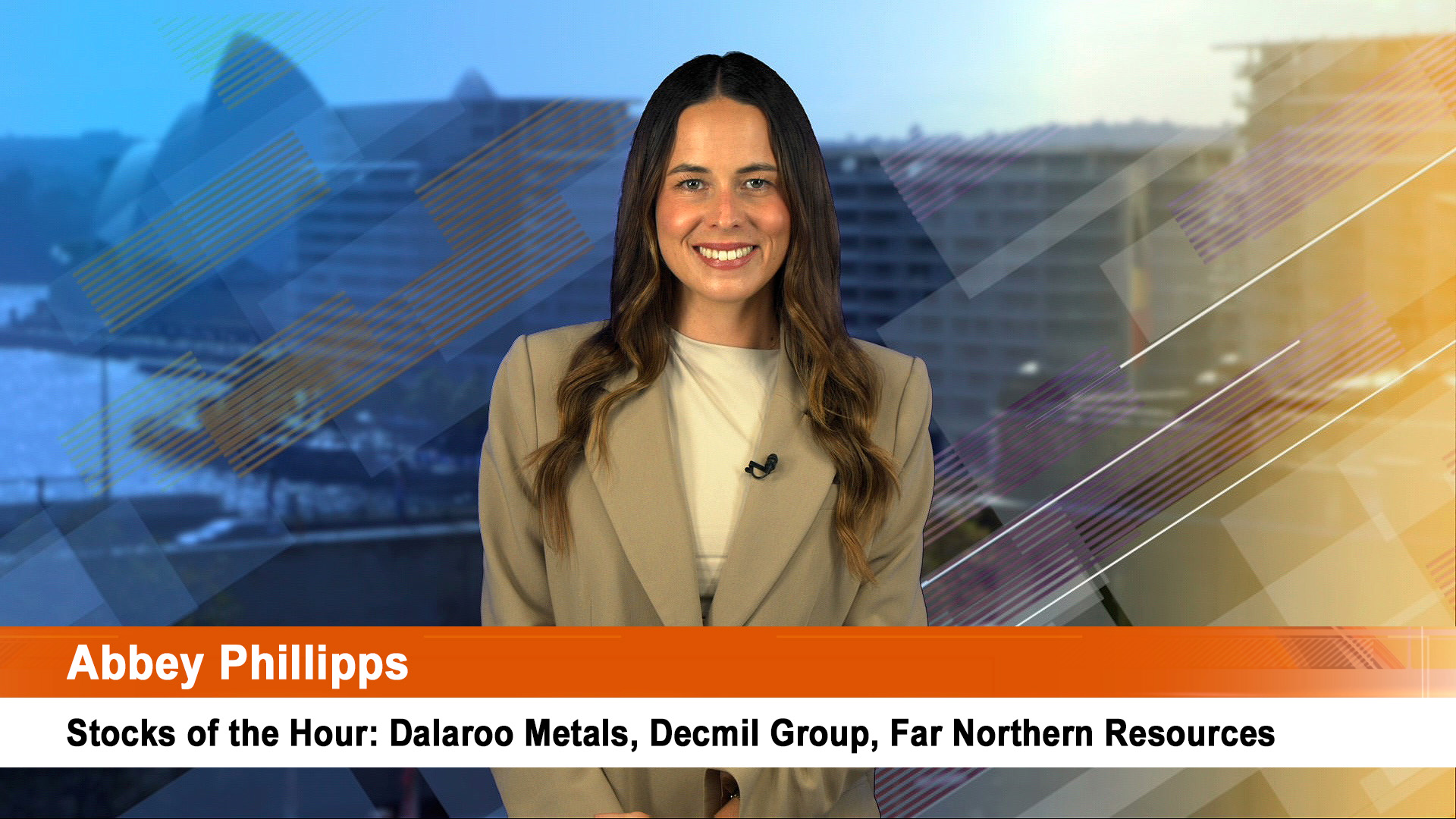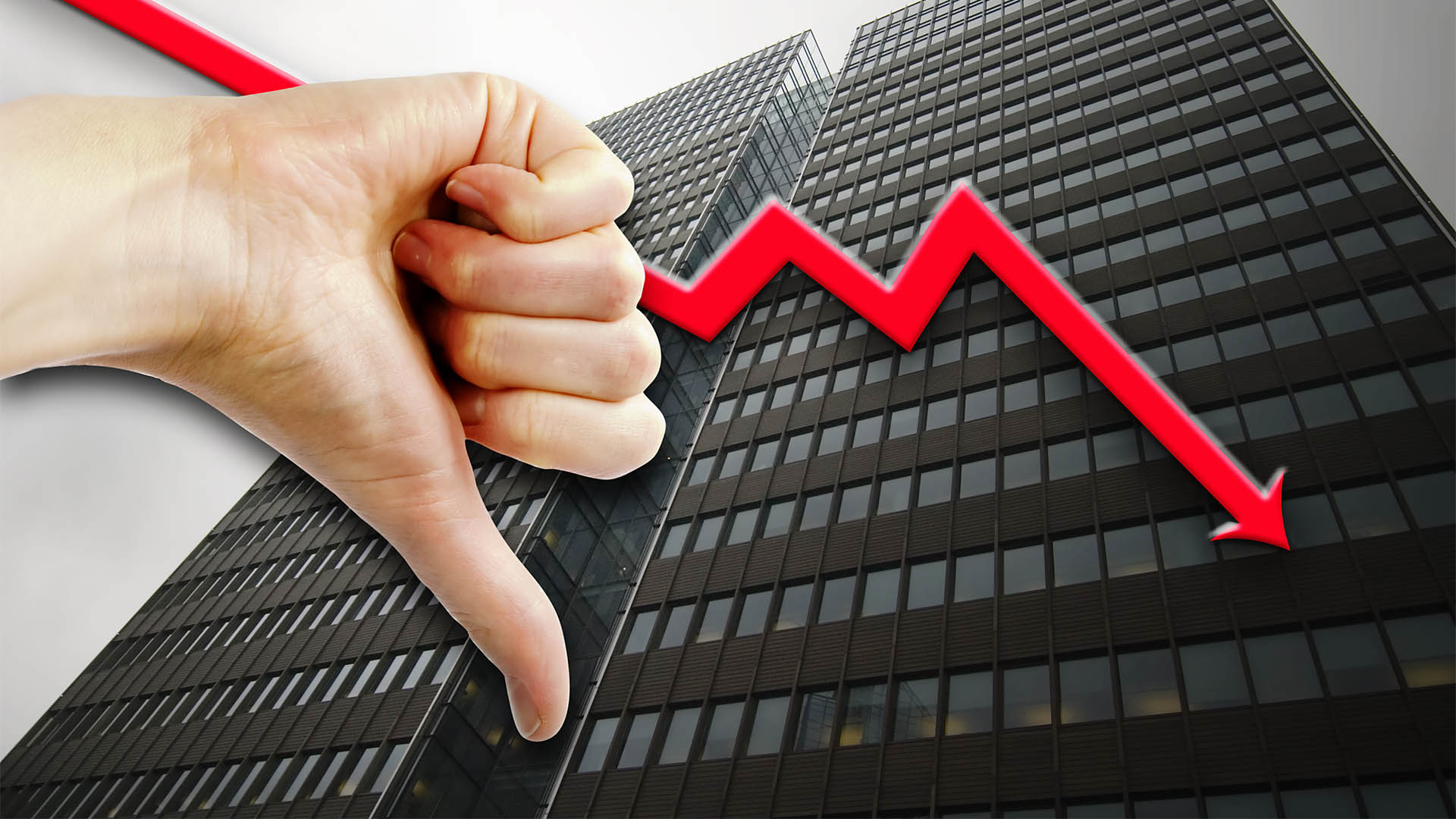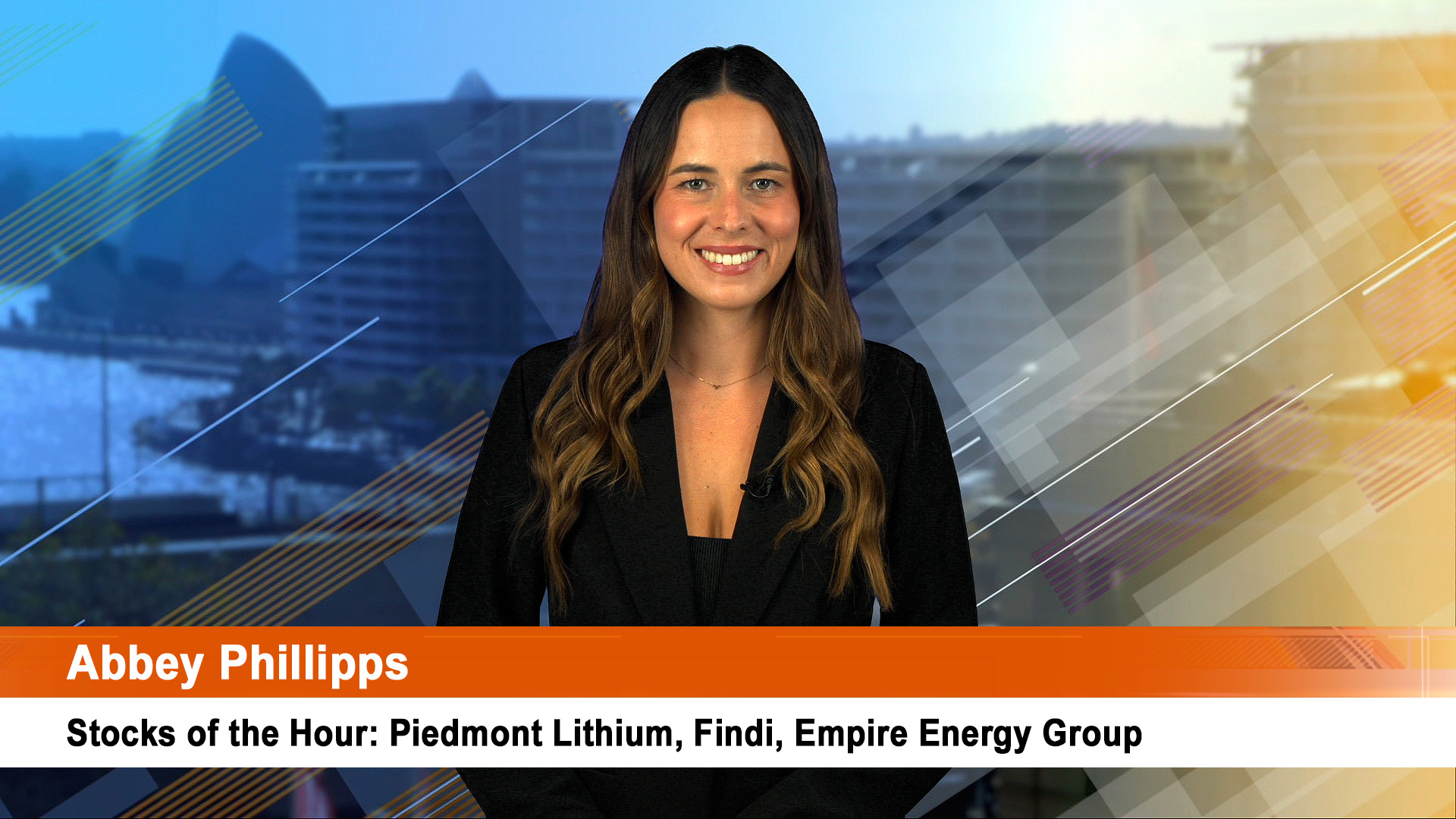Earnings in the US, a meeting of the European Central Bank and first estimates of US and UK first quarter economic growth will dominate markets offshore, but in Australia the headline grabber will be the March quarter consumer and producer price and export price data releases both sides of the Anzac Day break on Wednesday.
As well there’s the much-anticipated meeting between North and South Korean leaders that will dominate discussion and markets.
South Korean president Moon Jae-in and North Korean leader Kim Jong Un are expected to meet on Friday. The summit to discuss de-nuclearisation and a peace treaty is set to take place in the demilitarised zone dividing the two countries.
The summit, which will be televised live, will only be the third between the neighbouring countries since the end of the Korean war.
North Korea sprang a major surprise on the weekend by announcing the suspension of missile testing and the closure of a nuclear test facility.
With this news it would seem there are prospects of an advance coming from the summit on Friday, which should lift the chances of a similar meeting with President Trump next month or in June.
In Australia the March quarter inflation readings will dominate with the Consumer Price Index out tomorrow from the Australian Bureau of Statistics which will issue the export/import indexes and the producer price index out Thursday and Friday respectively.
Economists believe the headline and “underlying” measures of inflation rose by 0.5% in the March quarter to be up 2% over the year which is at the bottom of the RBA’s target range.
Seasonal increases in education fees, pharmaceutical products and domestic travel are expected, offset by seasonal falls in international travel. Some product prices may have been affected by post-Christmas sales. And petrol prices were up around 1% (but have gone higher in April with global oil prices at four year highs).
Economists say there will be nothing in the report to cause the RBA to change its sit and watch monetary policy stance.
Thursday sees the import and export price indexes released, which will give a good estimate of our terms of trade performance in the March quarter, while on Friday the Australian Bureau of Statistics ABS releases the Producer Price Indexes which provide a guide on inflation across the business sector. The 7.5% lift in oil prices will boost petroleum refining and petroleum fuel manufacturing costs.
There are a couple of corporate reports due this week in Australia but nothing major.
China will be quiet after the data dump of last week on GDP production, investment and house prices – all showed a noticeable slowing in March.
IHSMarkit releases its “flash” mid-month readings for activity in manufacturing and services sectors in the US, Europe and Japan.
The reading for parts of Asia and Europe will be closely watched to see if there is any further evidence of slowing eocnomic activity. There could a slowing in US manufacturing as well.
US house price data, consumer confidence, durable goods and new home sales will be issued this week, but the major data release will be the first estimate of US GDP for the three months to March. That’s out on Friday night, our time.
Economists believe the US economy grew at a 2% annual pace in the quarter after 2.9% annualised growth in the final quarter of 2017.
In Europe Thursday’s meeting of the European Central Bank is widely expected to leave monetary policy unchanged when it meets on Thursday.
UK first quarter GDP is expected to have, like the US, cooled a little in the first quarter with quarter on quarter growth of around 0.3% for an annual rate of 1.4% or 1.5%.
The monthly report on consumer incomes and spending is also out later this week and is expected to show that core personal consumption expenditures (PCE), the Federal Reserve’s preferred inflation gauge, quickened to 2.3%, compared with 1.9% the previous quarter.
A reading well above 2% will get US analysts talking about there more rate rises in the Fed and could also see the 10 year bond yield break the 3% level, if it hasn’t done so already after closing at 2.96% on Friday night, our time.












